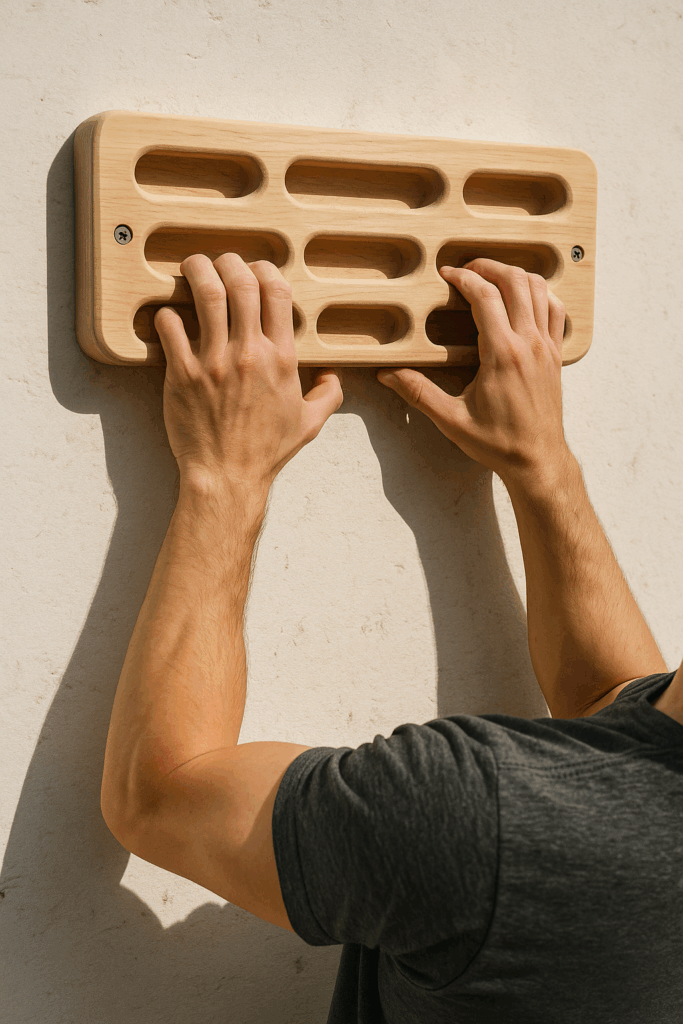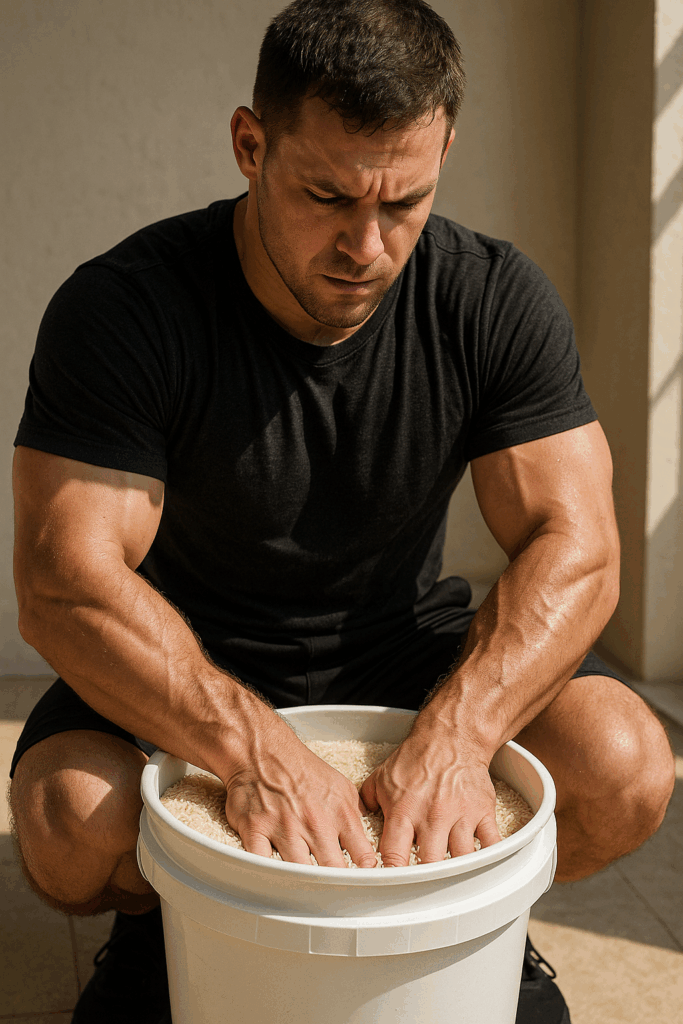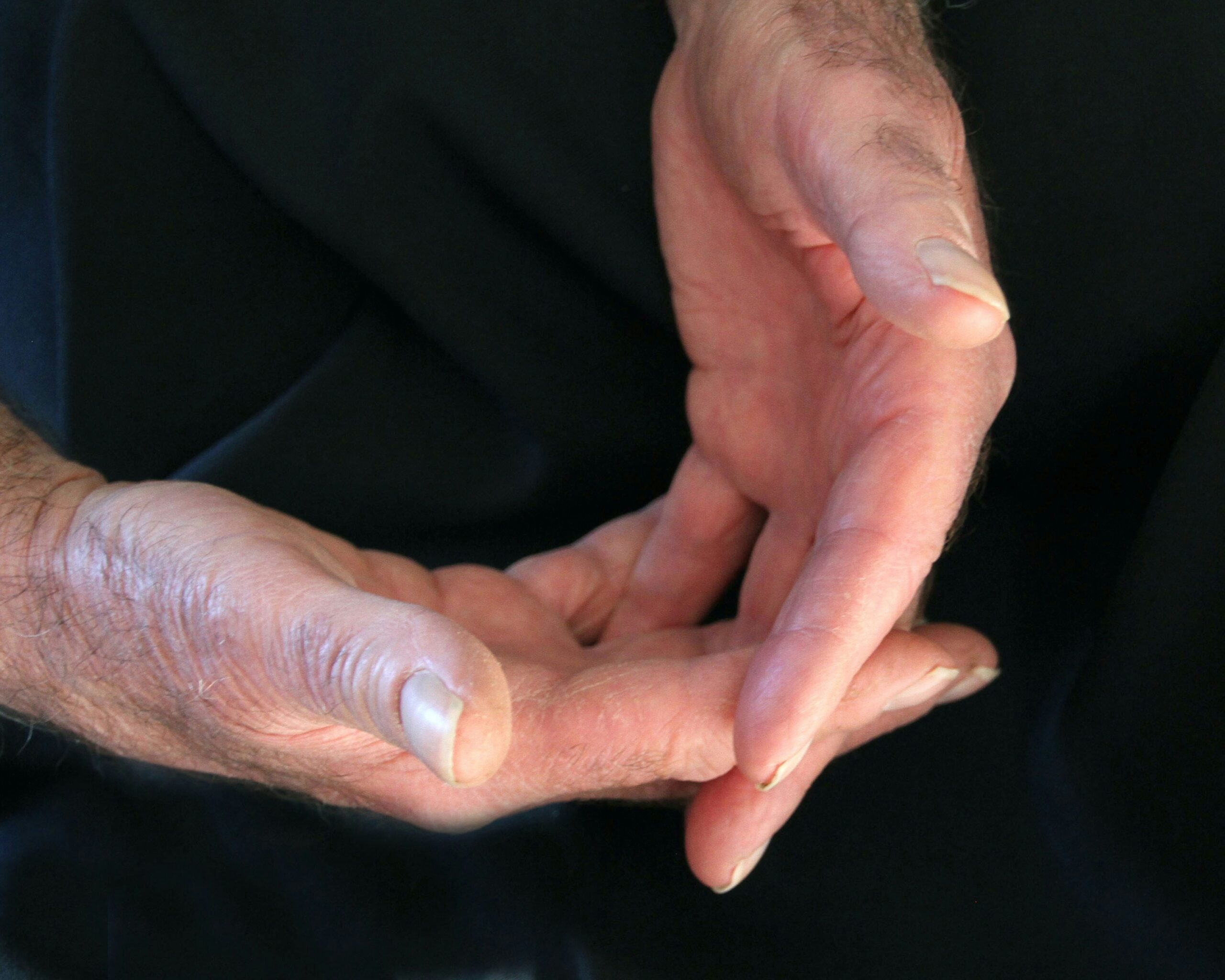If you’re serious about rock climbing, climbing hand strength isn’t optional — it’s essential. Whether you’re bouldering, sport climbing, or mountaineering, your grip strength determines how long you can stay on the wall, how confidently you can hold on to tiny crimps, and how far you can push your limits.
In this blog, we’ll explore:
- Why hand and finger strength is crucial in climbing
- The best climbing grip strength exercises
- Training tools you should use (like hangboards and grip trainers)
- Climbing-specific hand strength programs
- Common mistakes and injury prevention
Why Climbing Hand Strength Matters More Than You Think
Hand strength in climbing isn’t just about brute force — it’s about control, endurance, and injury prevention. Strong fingers, wrists, and forearms allow you to:
- Hold onto smaller holds for longer
- Execute more precise movements
- Recover faster between climbs
- Reduce the risk of common injuries like pulley tears and tendonitis
Whether you’re a beginner learning how to improve grip strength for climbing or an advanced climber trying to crush a V10, building hand strength is key.
Key Muscles Used in Climbing Grip Strength
To train effectively, it helps to understand the anatomy behind grip:
- Flexor digitorum profundus: Key for finger flexion (pulling inward)
- Forearm flexors and extensors: Balance grip and support tendons
- Intrinsic hand muscles: Stabilize your fingers
- Thumb flexors and extensors: Crucial for pinches
Targeting these muscles is the foundation of any climbing grip strength workout.
Top 7 Exercises to Improve Climbing Hand Strength
If you’ve been googling “how to improve grip strength for climbing” or “best exercises for climbing finger strength,” this is your go-to section. Below are detailed exercises that target different grip types used in climbing: crimps, pinches, slopers, and jugs, while also building endurance, power, and injury resistance.
1. Dead Hangs

Why it works
Dead hangs train your ability to hold onto climbing holds for extended periods, mimicking real climbing situations. It also strengthens your shoulder stabilizers and core.
How to do it:
- Use a pull-up bar, hangboard, or a secure climbing hold.
- Hang with arms fully extended and shoulders engaged (avoid passive hanging).
- Use an open-hand grip or half-crimp (avoid full crimp during warm-up).
- Hang for 10–30 seconds, rest for 1–2 minutes.
- Repeat 4–6 sets.
Progressions:
- Add weight with a harness or weight vest.
- Reduce edge size over time.
- Try one-arm hangs with assistance (resistance band or toe support).
Tip:
Start with 2 sessions/week and increase to 3 only if fully recovered.
2. Fingerboard

Why it works:
Hangboards offer various hold types that replicate climbing holds: crimps, slopers, pockets, and pinches. It’s a proven tool used by elite climbers to build climbing-specific finger strength.
How to do it:
Choose a training protocol based on your level.
Beginner:
- 10-sec hang on large edge (20mm+), 3 sets, 90 sec rest
- Use full fingers, no crimping early on
Intermediate
- Hang for 7 seconds, rest for 3 seconds
- Repeat 6 reps per grip
- Rest 2–3 minutes between grip types
- Complete 3–5 grip types (e.g., half-crimp, 3-finger drag)
Advanced
- Add weight until you can hang for 10 seconds max
- Perform 3–5 sets with full recovery (3+ minutes between sets)
Tips:
- Warm up thoroughly
- Use a pulley system or resistance bands to reduce body weight if needed
- Rest fingers at least 48 hours between sessions
3. Rice Bucket Training

Why it works:
This old-school method strengthens intrinsic hand muscles, extensors, wrist flexors, and stabilizers often neglected in conventional training. It’s also used in rehab.
How to do it:
- Fill a bucket with dry rice (or sand for more resistance)
- Submerge your hands and perform movements like:
- Finger flicks (open and close quickly)
- Wrist twists (as if turning a doorknob)
- Claw grips (dig into the rice and squeeze)
- Thumb extensions
Duration:
- 2–3 rounds of 2 minutes per movement
- Perform 2–3x per week
Benefits:
- Great for recovery days
- Boosts blood flow and tendon health
- Helps balance antagonist muscles (extensors)
Advanced Variation:
Use weighted rice or add small rocks to increase resistance.
4. Plate Pinches

Why it works:
Plate pinches build pinch strength, crucial for wide holds, aretes, and slopers.
How to do it:
- Grab two smooth weight plates (10–25 lbs) and pinch them together at your side
- Hold for 20–60 seconds
- Repeat 3–5 sets per hand
Progressions:
- Use heavier plates
- Pinch two plates with a towel between
- Try farmer’s carries using plate pinches
Form Tip:
Keep your wrist neutral and elbow slightly bent — avoid letting your shoulders do all the work.
5. Wrist Rollers & Wrist Extensions

Why it works:
Forearm endurance is what lets you hang on after your fingers are tired. These exercises target the wrist flexors and extensors that support the finger tendons and prevent overuse injuries.
Wrist Roller:
- Use a roller with a weight plate attached via rope
- Hold arms extended and roll the weight up and down
- Perform 2–3 rounds of full roll-ups
Wrist Extensions:
- Sit on a bench, rest forearms on thighs with wrists hanging off
- Use light dumbbells or resistance bands
- Lift the weight using wrist extension, control downward
- 3 sets of 15 reps
Don’t neglect extensors! They help prevent imbalances and finger injuries.
6. Towel Pull-Ups

Why it works:
Towel pull-ups force your hands to grip dynamically, building forearm endurance, wrist stability, and even core engagement.
How to do it:
- Drape a thick towel over a pull-up bar
- Grip one end in each hand and perform a standard pull-up
- Aim for 3 sets of 4–8 reps
- Rest 2 minutes between sets
Variations:
- Use one towel and one regular grip to isolate sides
- Wrap the towel thicker for harder holds
- Mix in static holds at the top or mid-point
Great for simulating the fatigue of jug hauling on long routes.
7. Farmer’s Carries with Fat Grips

Why it works:
This full-body grip workout develops crushing strength and grip endurance, which translates directly to real-world climbing strength.
How to do it:
- Use heavy dumbbells or kettlebells
- Add Fat Gripz or wrap towels around handles for a thicker grip
- Walk 30–50 feet or hold for 30 seconds
- Repeat for 3–5 rounds
Advanced Options:
- Use a single arm to work unilateral core stability
- Carry uphill or on stairs for more challenge
This is a popular go-to for climbers, CrossFitters, and strongmen alike.
Climbing Hand Strength Training Routine Table
| Day | Exercise | Sets/Reps | Notes / Focus Area |
|---|---|---|---|
| Monday | Dead Hangs | 5 sets of 10–30 sec | Use open-hand grip or half-crimp. Rest 60–90 sec between sets. |
| Wrist Roller | 2–3 sets (roll up/down once per set) | Focus on slow, controlled motion. | |
| Rice Bucket Training | 3 rounds x 2 mins (3 movements) | Include finger flicks, claw grips, and twists. | |
| Extensor Band Work | 3 sets of 20 reps | Great for post-workout recovery. | |
| Wednesday | Hangboard Repeaters Protocol | 4 grip types × 6 reps × 7:3 sec protocol | Half-crimp, 3-finger drag, pockets, slopers. |
| Plate Pinches | 3–5 sets × 30–60 sec | Use 10–25 lb plates, one hand at a time. | |
| Towel Pull-Ups | 3 sets × 4–8 reps | Use two towels or alternate one towel + one hand. | |
| Extensor Band Work | 3 sets of 20 reps | Prevents imbalance and injury. | |
| Friday | Farmer’s Carries with Fat Grips | 3–5 rounds × 30 sec walk | Use heavy weights and walk 30–50 ft. |
| Wrist Extensions (Reverse Curls) | 3 sets of 15 reps | Strengthens forearm extensors. | |
| Dead Hangs (Max Effort) | 3–4 sets × 10 sec (add weight if needed) | Use smallest edge size manageable. | |
| Extensor Band Work | 3 sets of 20 reps | Do post-training or during cool-down. | |
| Sunday (Optional) | Easy Climb Session / Recovery Day | Light bouldering or ARC training (30–60 mins) | Focus on endurance & technique, not intensity. |
Key Guidelines for Using This Routine:
- Frequency: 3x/week is optimal for strength gains without overtraining.
- Rest Days: Ensure at least 48 hours between hangboard/finger-heavy sessions.
- Warm-Up: Always warm up with light hangs, wrist mobility, and easy climbing.
- Deload Week: Every 4–6 weeks, reduce intensity by 50% for recovery.
Avoid These 5 Common Grip Training Mistakes
- 1. Training too frequently: More isn’t better. Overtraining leads to injuries like tendonitis and A2 pulley tears.
- 2. Poor warm-up: Always start with dynamic hand movements and light hangs.
- 3. Skipping antagonist muscles: Train extensors with rubber bands or reverse wrist curls.
- 4. Ignoring pain: Finger joint pain isn’t “normal soreness.” Back off when needed.
- 5. Only climbing for strength: Climbing alone won’t isolate finger strength efficiently
FAQ: Climbing Grip Strength
Q1.How long does it take to improve grip strength for climbing?
You’ll see measurable progress in 4–6 weeks with consistent training 2–3 times per week.
Q2.Can I use grip trainers like Gripmaster instead of hangboarding?
Yes, but hangboards are more specific to climbing holds. Use both if possible.
Q3.What’s the best climbing grip strength program?
Look into “Lattice Training” or “Crimpd App” for science-based plans that include testing protocols.
Conclusion: Start Your Climbing Hand Strength Journey Today
Strong hands are the foundation of great climbing. Whether you’re climbing indoors or projecting a big outdoor route, your ability to hang, pull, and grip directly determines your success.
Start incorporating these climbing grip strength workouts and tools into your weekly routine, and you’ll notice a significant improvement in your performance — and confidence on the wall.



